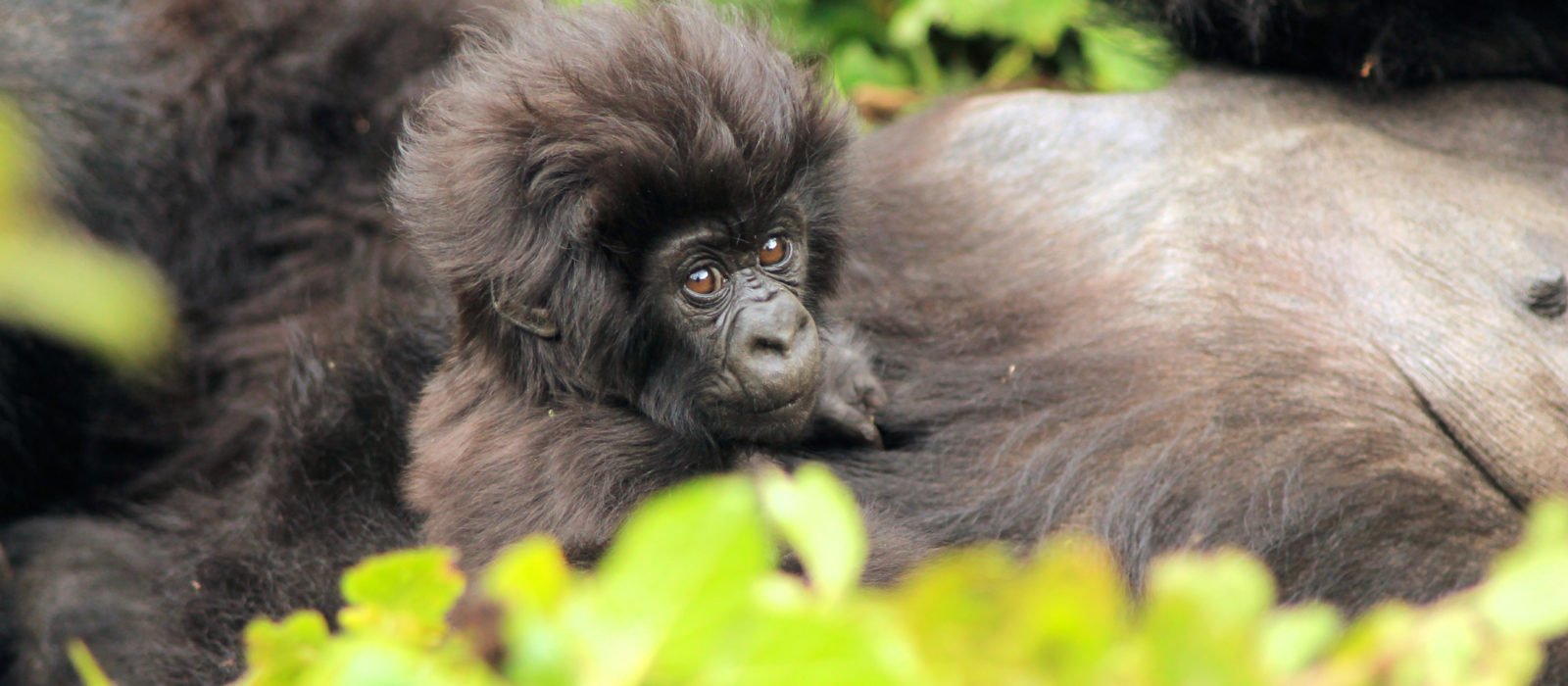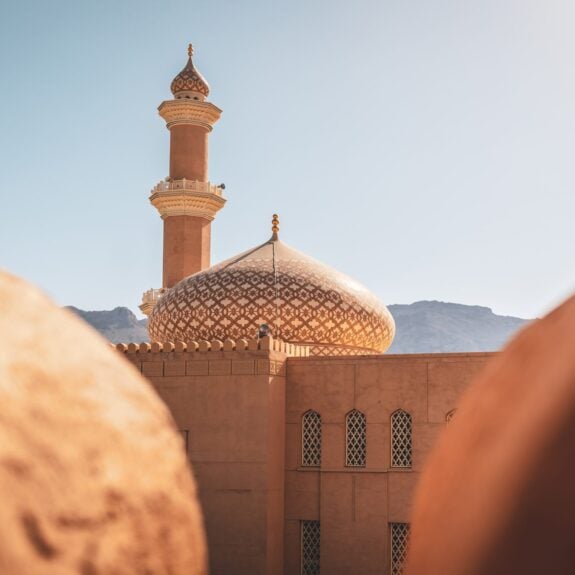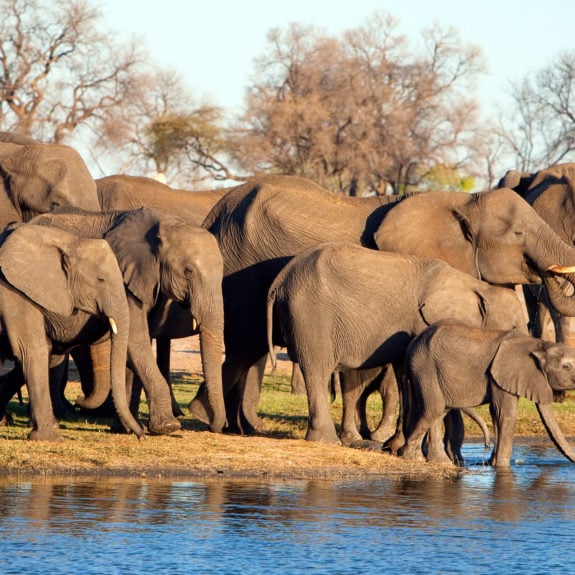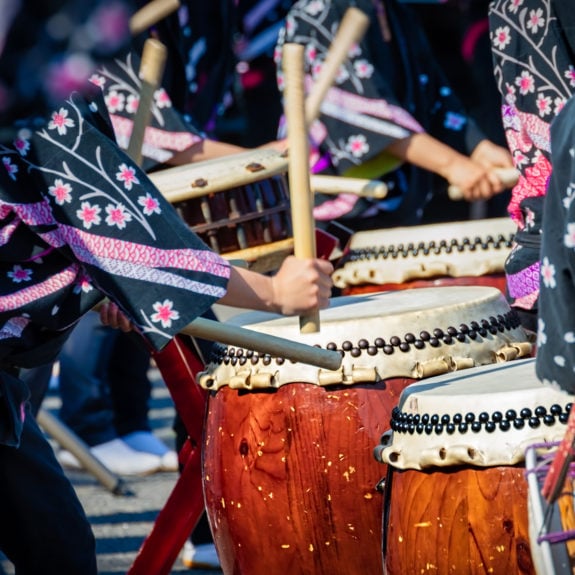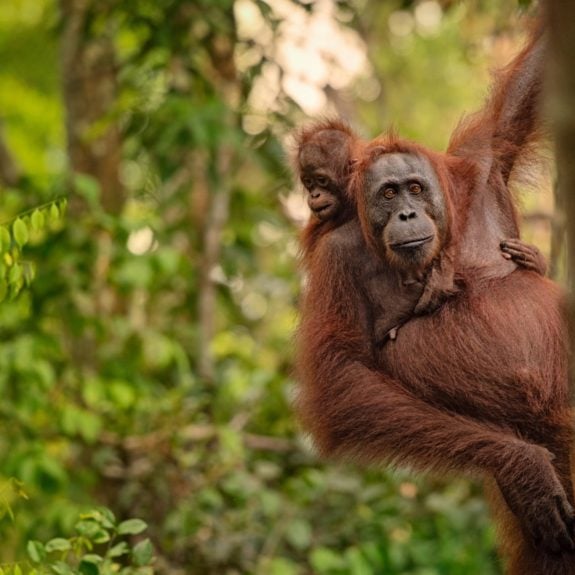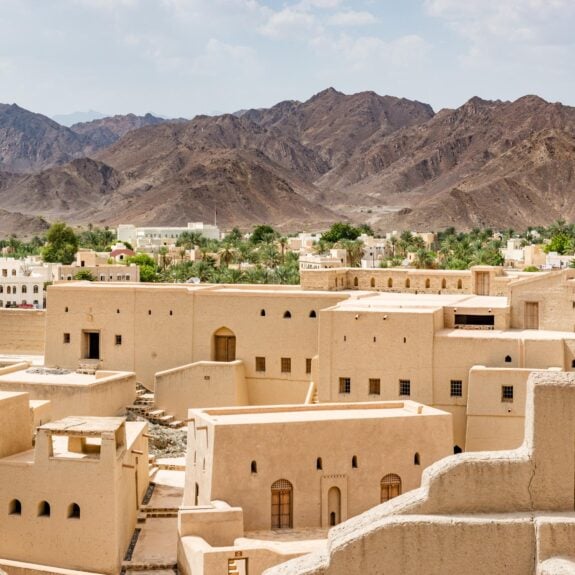Published on: February 23rd, 2017
Last modified: May 3rd, 2017
Jacada Travel are raising awareness about the importance of wearing a surgical face mask when visiting the endangered mountain gorillas of Uganda and Rwanda. This is why.
In late 2016, we attended the Tusk Conservation Lecture at the Royal Geographical Society in London. The main speaker was Dr. Gladys Kalema Zikusoka, founder of Conservation Through Public Health, a non-profit, non-governmental organisation focusing on mountain gorilla and human interaction around Uganda’s national parks. Her talk went into detail about all the ways in which human contact can harm the critically endangered mountain gorilla population, particularly through the spread of disease. Afterwards, realising there was a simple way in which tour operators could help, we decided to act.
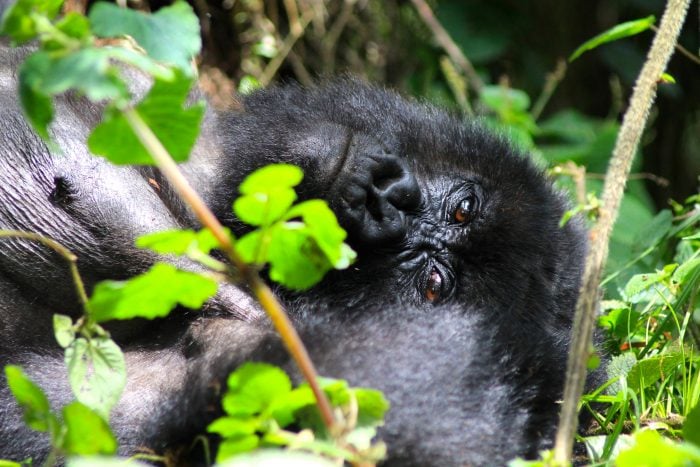
The case for wearing masks
Primates are highly susceptible to human diseases; a common cold virus could kill them. Gorillas share 98.4% of our DNA, and infectious diseases are the second most common cause of death after traumatic injury. According to Dr. Zikusoka, “wearing masks when visiting the critically endangered gorillas ensures the best protection from our human diseases.” Yet it is not enforced – or often even suggested – when trekkers set off to spot the gorillas of Uganda and Rwanda.
Before visiting the gorillas, tourists are told how important it is to be honest about even the slightest sniffle they might have, which will mean foregoing the trek. It is a far from foolproof measure to protect the gorillas from human disease, particularly given how much time and money people have spent getting there. A face mask is a necessary safety net. As Jillian Miller, executive director of The Gorilla Organization, states, “a simple human sneeze travels seven metres, and gorillas have no immunity to the bugs we routinely pick up on the plane over.”
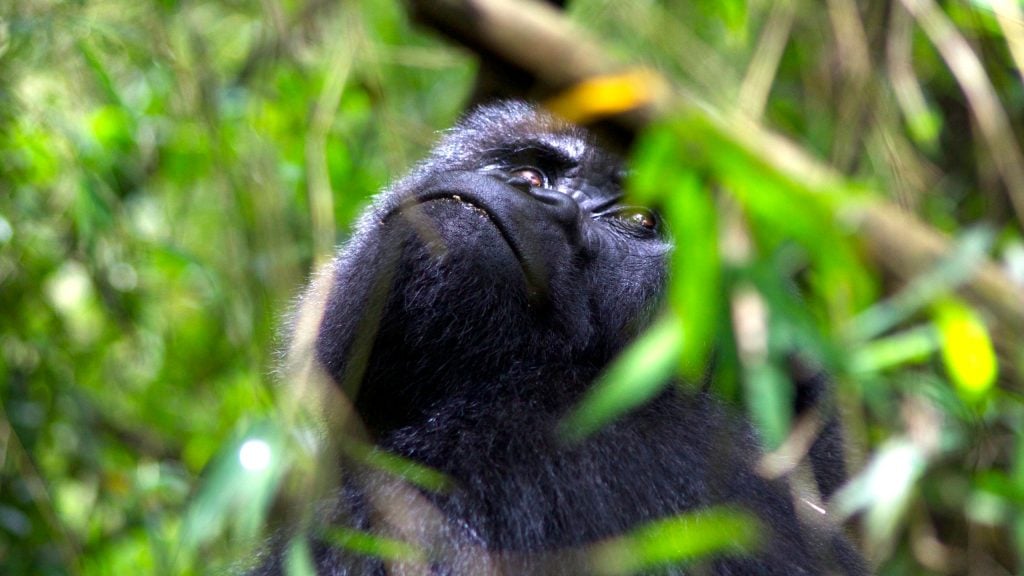
It was clear to us that someone simply needed to take the initiative. We decided to be the change we wanted to see by informing our travellers of the situation prior to travel, providing surgical masks for them to wear in the national parks of Uganda and Rwanda ourselves, and asking our on-the-ground teams to fully support us in this.
The facts
There are just 800 mountain gorillas left in the wild, which makes them critically endangered. The bulk of this population – around 480 – live in the Virunga Volcanoes Massif, which consists of Virunga National Park in the Democratic Republic of Congo (DRC), Volcanoes National Park in Rwanda and Mgahinga National Park in Uganda. The rest are found in Uganda’s Bwindi Impenetrable National Park.
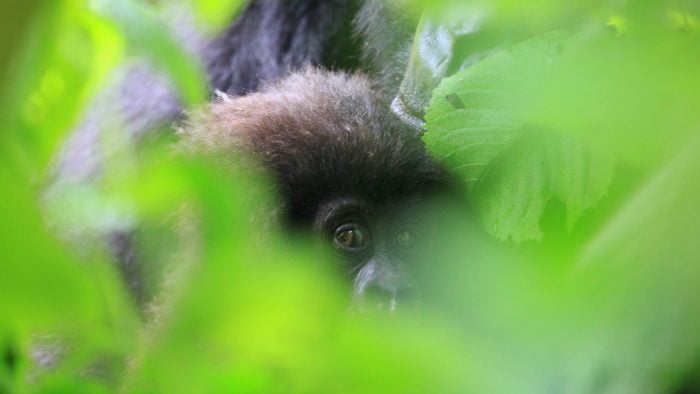
In 2011, it was found that a human respiratory disease virus was linked to the deaths of wild mountain gorillas, a finding that was published in the journal Emerging Infectious Diseases. Though this had long been assumed due to genetic similarities, it was the first time the connection between human disease and gorilla fatalities had been scientifically proven. In recent years, experts have seen increasing instances of respiratory diseases in the mountain gorillas.
Even though the gorillas live in national parks, human viruses still reach the animals, particularly as the areas around these parks in Uganda, Rwanda and the DRC are some of the most densely populated in Africa. In addition, tourism brings thousands of people into gorilla habitat every year.
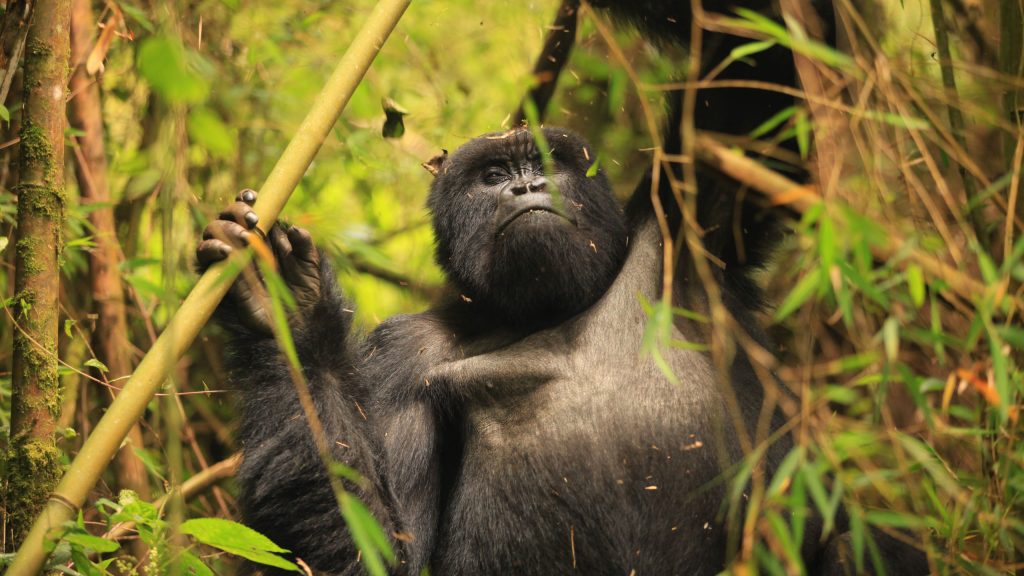
Industry support
Many in the travel industry have long questioned the logic of not wearing masks. One person we spoke to raised the fact that “a mere behind-the-scenes visit to Ngamba Island Chimp Sanctuary involves undergoing the cost and hassle of US$800-worth of vaccinations” and said that anyone working in the gorilla trekking business would be foolish not to support the mask-wearing initiative, “as the entire tourism industry of both our destinations [Uganda and Rwanda] depends on the health and welfare of the gorillas.”
Emmanuel de Merode, director of Virunga National Park – where mask-wearing is compulsory – in the DRC, told us that he and his colleagues in the park “have yet to meet a visitor who objects to wearing a face mask. Most come hoping for a healthier future for the mountain gorillas.”
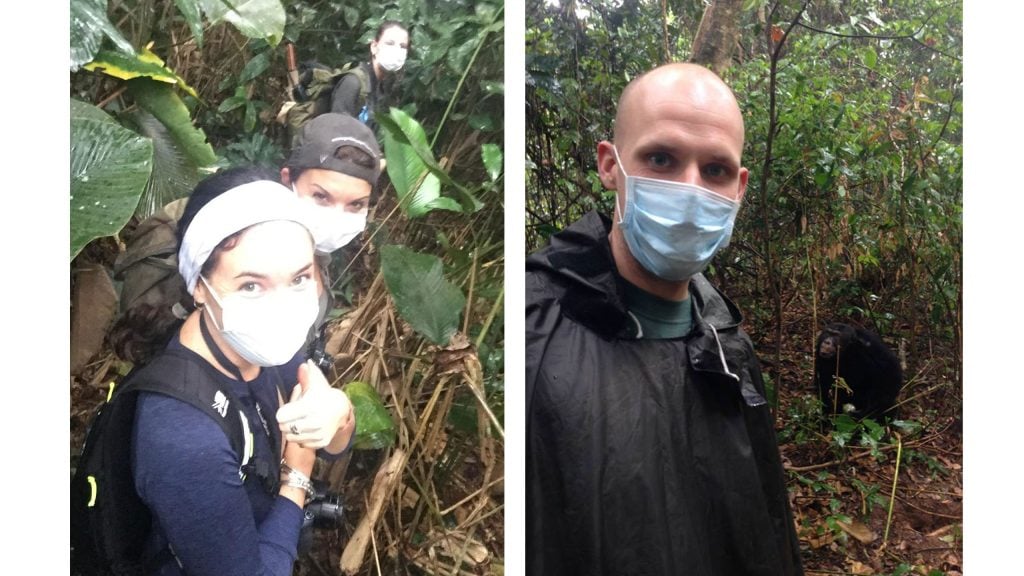
Potential issues
If so many people in the industry are behind wearing masks, then why is it not already an enforced rule across all central Africa? Dr. Zikusoka says that it is often discussed by the Ugandan and Rwandan tourism boards, but no decision has ever been made. In part, she says, this is down to the tourism boards’ nervousness about seeming alarmist or making things more difficult for tourists.
We recognise that it’s a privilege to see the gorillas in the wild, and travellers and operators must act responsibly for the experience to continue. We believe our travellers would be more than happy to ‘mask up’ when presented with the facts. Dan Bucknell, the executive director of Tusk, agrees: “Wearing masks is not an inconvenience: it is a simple step to safeguard the health of the mountain gorillas.”
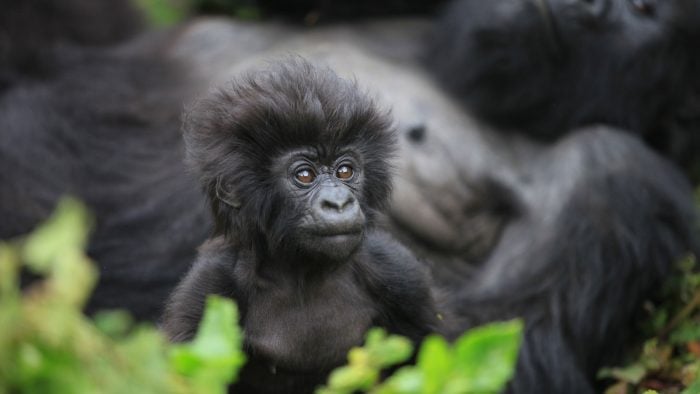
Of course, not visiting the gorillas at all may seem to be the most obvious way to protect them. However, the survival of gorillas (as with many other wild animals) and their habitat hinges on the money generated through tourism. Without tourism revenue supporting communities, locals would have no good argument against killing the gorillas for their meat or to sell for trophies, or cutting down the forests in which they live.
There are other precautions that are currently undertaken which help protect the animals, including a maximum duration of visits and a set minimum distance between the gorillas and trekkers. Wearing a mask is the last thing we can do to make this a sustainable experience.
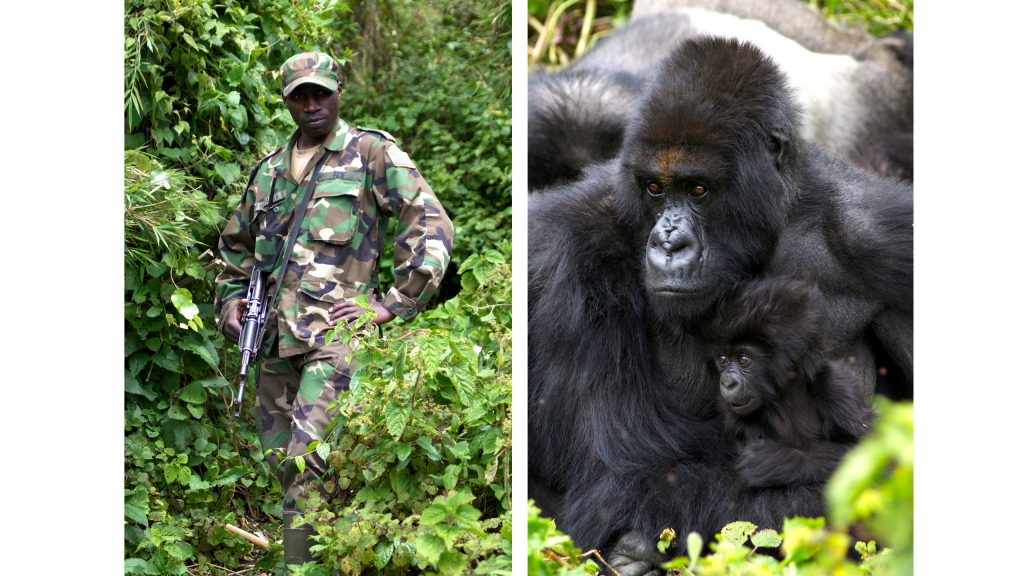
The long game
We aim to use ourselves as an example of how easy it is to make this idea a reality. Several fellow operators have contacted us to say they are on board with the idea and have started making the necessary changes within their own company, too.
Eventually we hope to show the tourism boards that tourists will continue to visit Uganda and Rwanda regardless of any requirement to wear face masks around the mountain gorillas. A responsible attitude to wildlife will make these destinations even more appealing to travellers than they are already – and that’s good news for both people and gorillas.
Support our campaign on social media with the hashtag #MaskUpForGorillas.
Update: In May 2017, Jacada Travel won We Are Africa’s Innovation Award in the Support Africa category for this campaign. Help us extend our mask-wearing policy to the whole industry by making a point of wearing a mask when gorilla trekking, changing individual company policy if you work in the travel industry, sharing our hashtag on social media, or signing our travel industry petition here.
